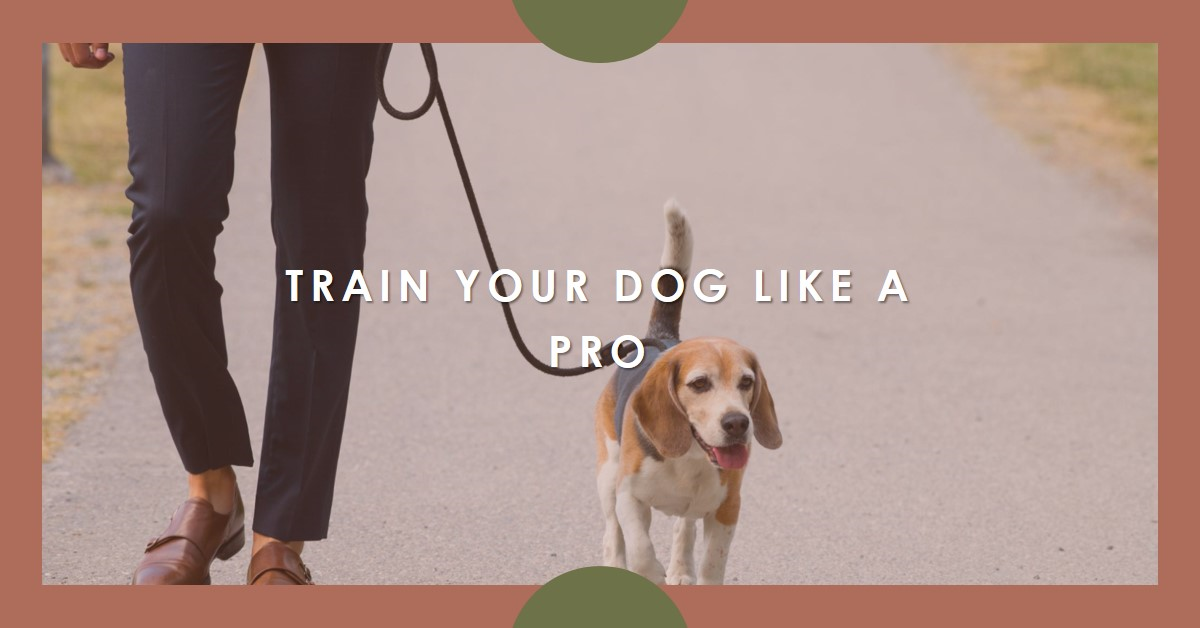Obedience training for dogs teaches commands and behaviours for better communication and control. It helps dogs understand and follow commands effectively.
Obedience training is a crucial aspect of responsible pet ownership that benefits both dogs and their owners. By teaching commands like sit, stay, and come, dogs learn how to behave appropriately in various situations. This training not only enhances the bond between the dog and owner but also helps prevent behavioural issues.
Dogs that undergo obedience training are more well-behaved, obedient, and less likely to exhibit destructive behaviour. Additionally, obedience training can improve a dog’s social skills and confidence. Overall, investing time and effort in obedience training can result in a well-mannered and well-adjusted canine companion.
What Is Obedience Training
Find the essence of obedience training for dogs, a fundamental practice that cultivates desired behaviours through positive reinforcement techniques. Build a strong bond with your furry companion while establishing clear communication and fostering mutual respect. Master the art of training for a harmonious relationship with your four-legged friend.
Obedience training is a form of training that teaches dogs to follow commands and behave appropriately in various situations. It is an essential part of a dog’s life that helps them become well-behaved and happy companions. Dogs that undergo obedience training are more likely to listen to their owners and less likely to engage in destructive behaviour. In this article, we will discuss the importance of obedience training for dogs and owners, as well as the goals of training.
Importance For Dogs And Owners
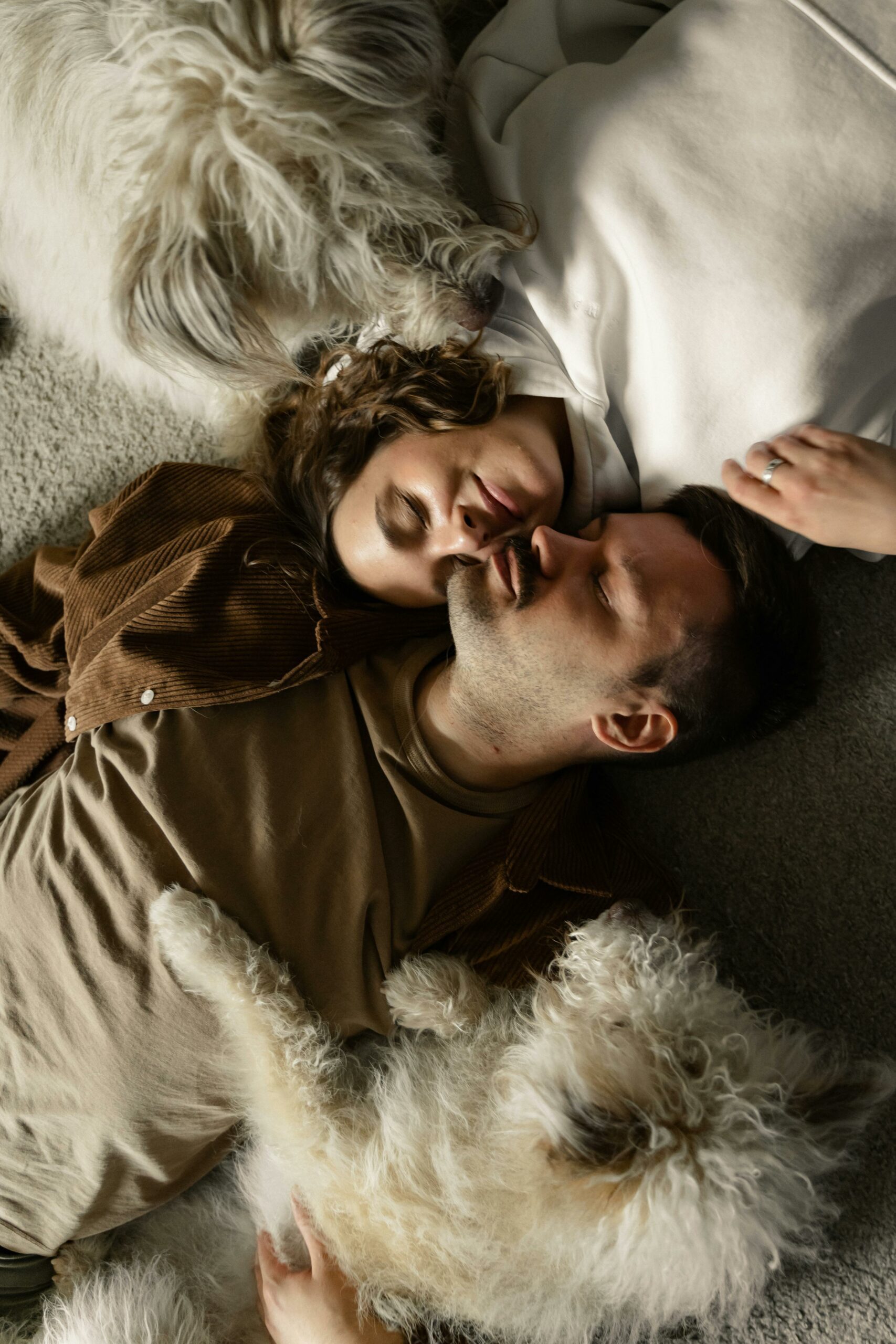
Obedience training is crucial for both dogs and their owners. For dogs, it provides mental stimulation, physical exercise, and socialization opportunities. It also teaches them how to communicate with their owners effectively. For owners, obedience training helps to establish a better relationship with their dogs based on trust and respect. It also makes it easier to manage their dogs in different situations, such as when they are around other people or animals.
Goals Of Training
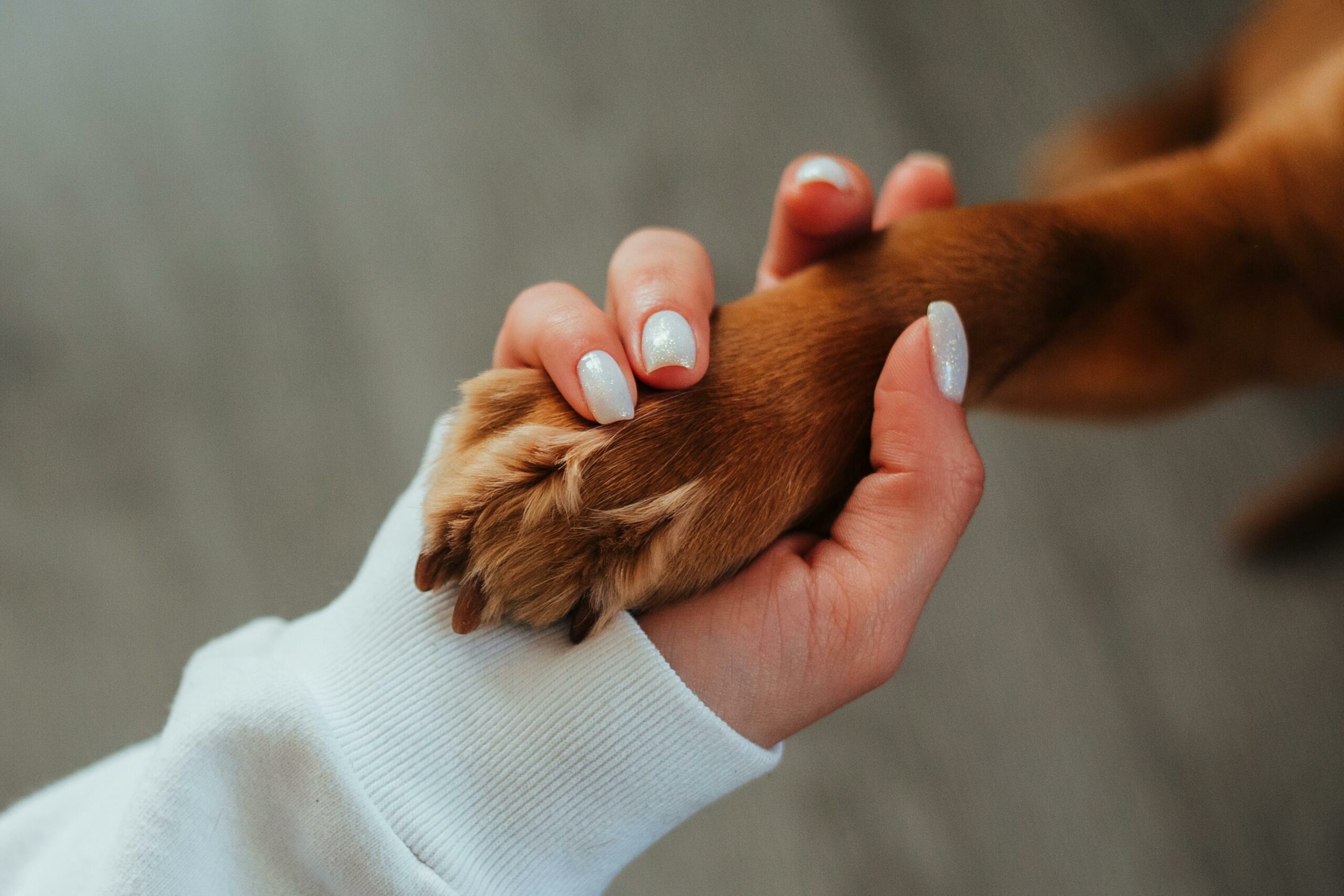
The main goals of obedience training are to teach dogs basic commands, such as sit, stay, come, and heel. These commands are essential for managing a dog’s behaviour and ensuring their safety. Obedience training also teaches dogs to be more responsive to their owners’ commands, which can help prevent them from engaging in dangerous or destructive behaviour. Other goals of obedience training include improving a dog’s socialization skills and teaching them good manners, such as not jumping on people or begging for food.
In conclusion, obedience training is an essential part of a dog’s life that provides numerous benefits for both dogs and their owners. It helps to establish a better relationship between them and teaches dogs how to behave appropriately in different situations. The goals of obedience training include teaching dogs basic commands, improving their socialization skills, and teaching them good manners. By undergoing obedience training, dogs can become well-behaved and happy companions for their owners.
Fundamental Commands
Training your dog in fundamental commands is essential for their obedience and overall behaviour. These commands form the basis of effective communication between you and your furry friend.
Sit
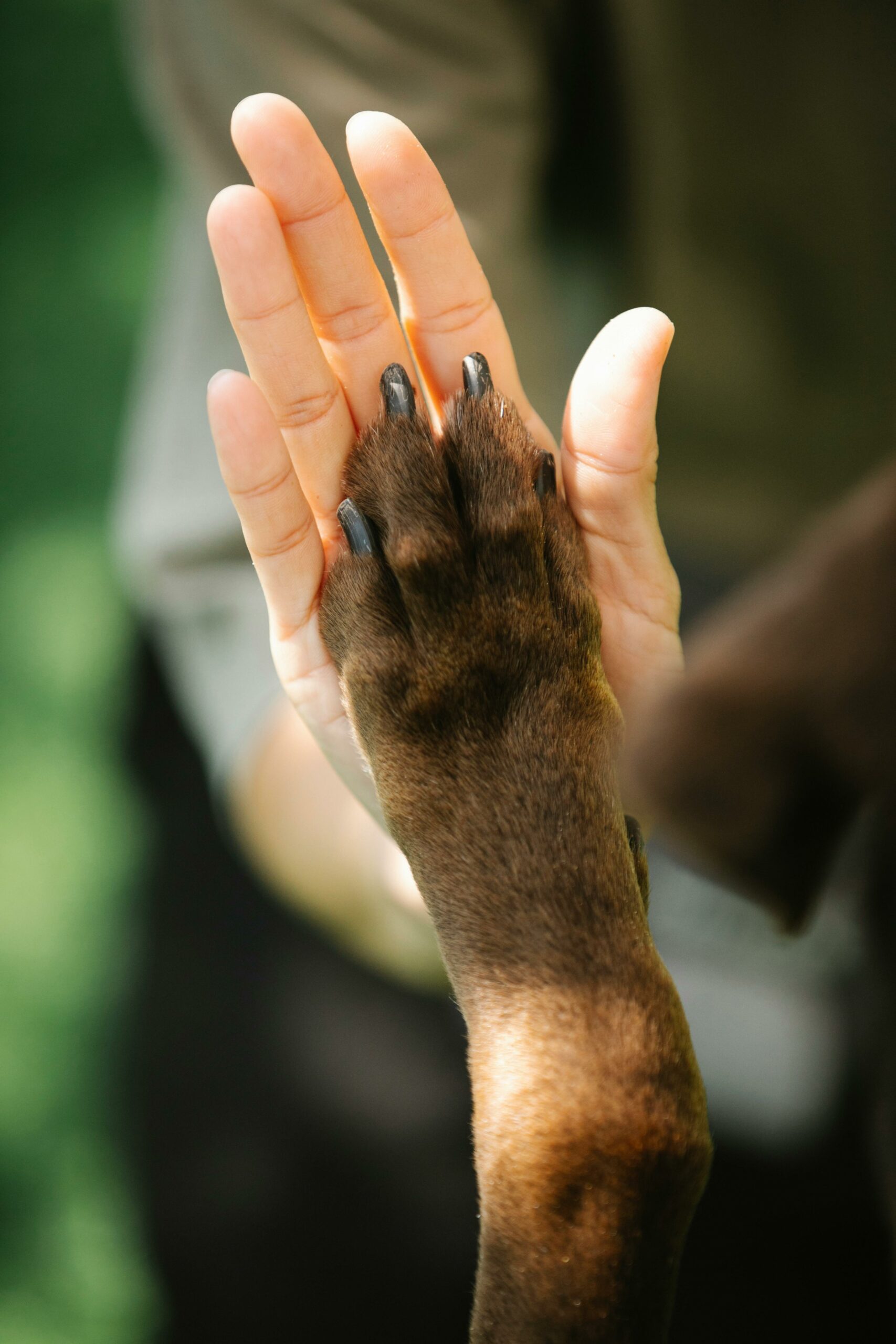
Teaching your dog to sit is one of the first commands you should focus on. It helps in controlling their impulses and can be a building block for more advanced commands.
Stay
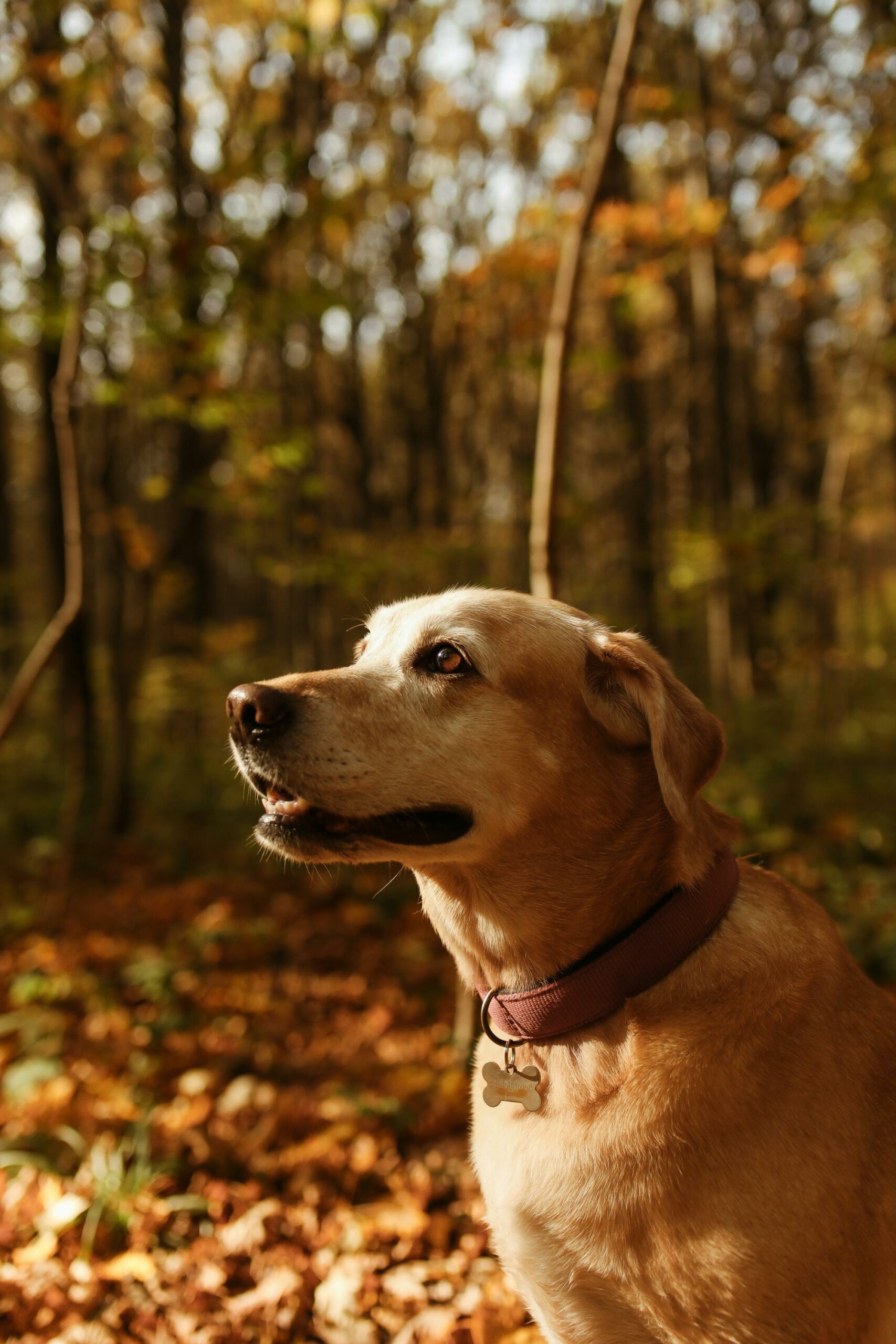
The ‘stay’ command is crucial for keeping your dog safe in potentially dangerous situations. It teaches them self-control and discipline.
Come
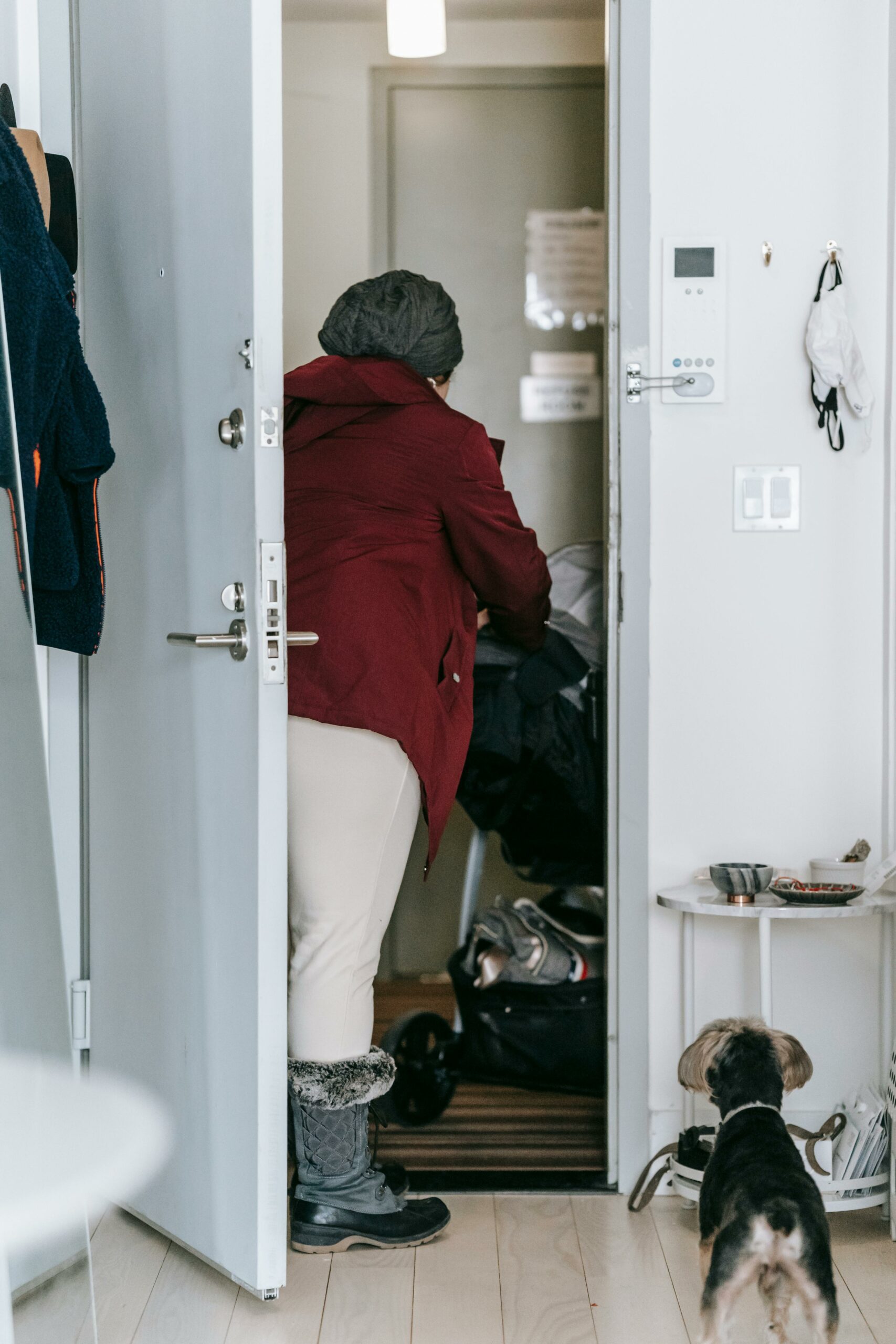
Training your dog to come when called is vital for their safety and your peace of mind. This command can prevent them from running off or getting into trouble.
Heel
Teaching your dog to heel means they walk calmly beside you without pulling on the leash. It enhances your control during walks and strengthens your bond.
Positive Reinforcement Techniques
Positive reinforcement techniques are a crucial aspect of obedience training for dogs. By using positive reinforcement, you can effectively encourage and reinforce desired behaviours in your furry friend. This method focuses on rewarding good behaviour rather than punishing unwanted actions, creating a positive and enjoyable learning experience for your dog.
Treats And Rewards
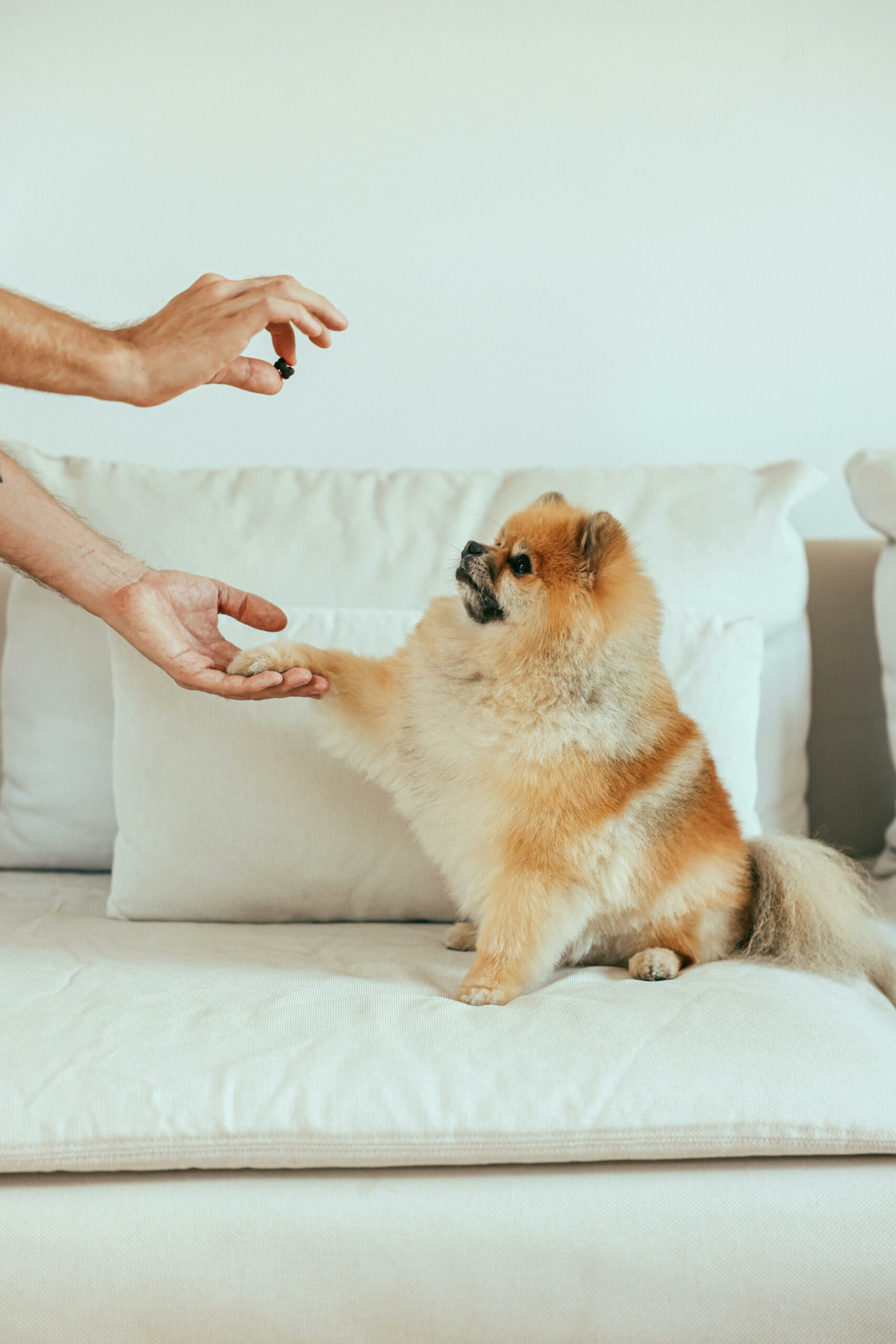
Treats and rewards play a vital role in positive reinforcement training. When your dog exhibits the desired behaviour, such as sitting on command or walking politely on a leash, immediately reward them with a tasty treat. This creates a positive association with the action, making them more likely to repeat it in the future.
Verbal Praise And Affection
Verbal praise and affection are equally important in positive reinforcement. When your dog follows a command or displays good behaviour, shower them with enthusiastic praise and affectionate pats. This reinforces the idea that they are doing the right thing, strengthening their bond with you and encourageing them to continue the behaviour.
Addressing Behavioural Issues
Obedience training for dogs is an essential aspect of their development, helping to address various behavioural issues that can arise. By providing structured training, owners can effectively manage and resolve problem behaviours, creating a harmonious environment for both the dog and the family.
Barking And Chewing

Barking and chewing are common behavioural issues in dogs that can be addressed through obedience training. By teaching the dog appropriate commands and providing positive reinforcement, owners can effectively discourage excessive barking and destructive chewing.
Jumping On People
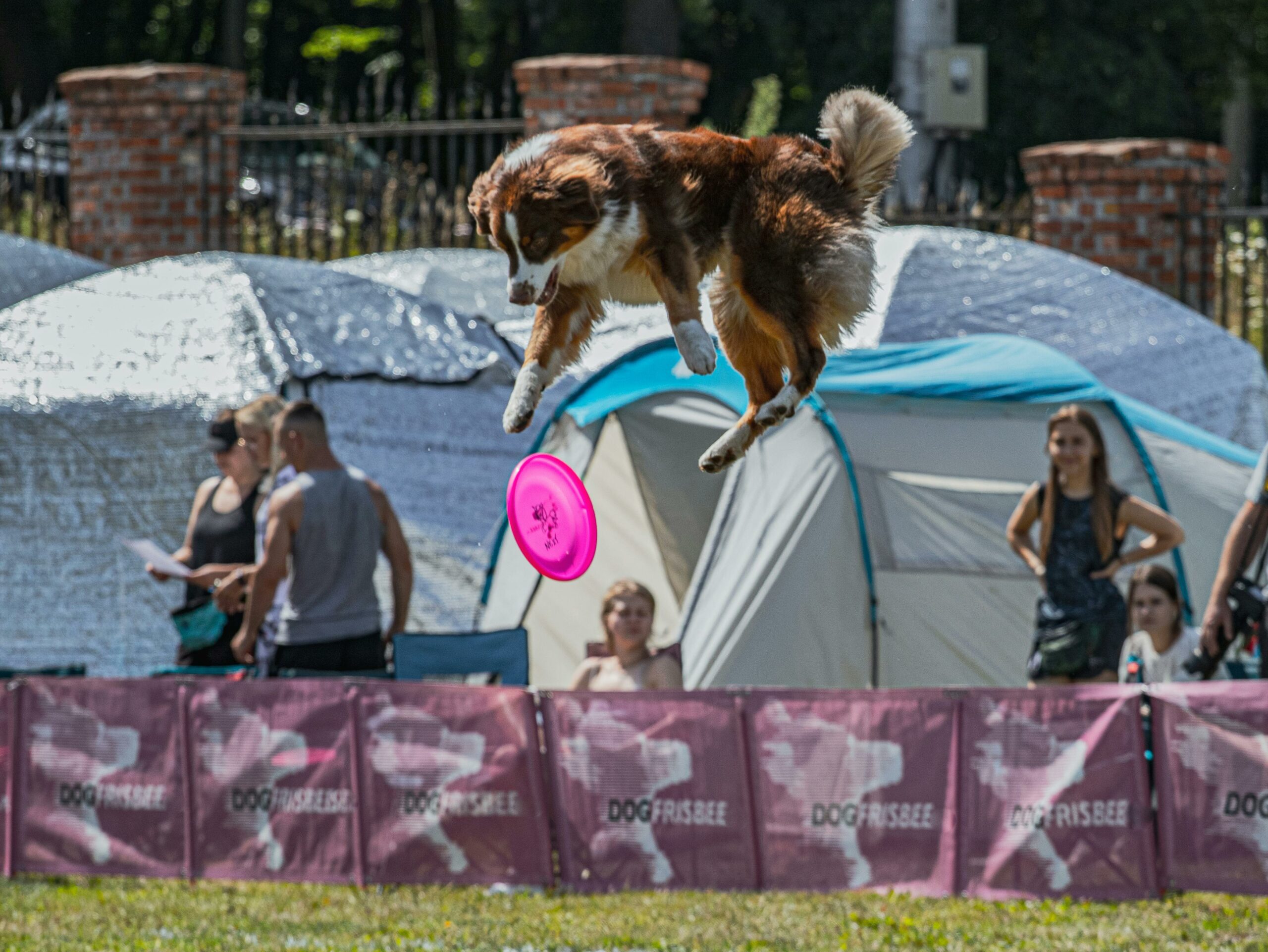
Obedience training helps in jumping on people. Through consistent training techniques, dogs can be taught to greet people politely without jumping, ensuring a more controlled and respectful interaction.
Aggression Control
Aggression control is a crucial aspect of obedience training, especially for dogs prone to aggressive behaviour. By implementing structured training methods, owners can help their dogs learn to manage and control their aggression, promoting a safer and more secure environment for everyone.
Training Puppies Vs Adult Dogs
When it comes to obedience training for dogs, the approach can vary significantly depending on the age of the canine companion. Training puppies and adult dogs requires different techniques and considerations. It’s essential to understand the unique needs and characteristics of each stage of a dog’s life to ensure successful obedience training.
Age-appropriate Techniques
- Start with basic commands such as sit, stay, and come.
- Use positive reinforcement with treats and praise.
- Keep training sessions short and frequent to accommodate their short attention span.
- Focus on correcting any existing behavioural issues or bad habits.
- Implement more advanced commands and behaviours.
- Consistency and patience are crucial for adult dogs.
Socialization Tips

- Expose them to various environments, people, and other animals early on.
- Encourage positive interactions to build their confidence and social skills.
- Monitor their behaviour to address any signs of fear or aggression promptly.
- Gradually introduce them to new experiences and individuals to prevent anxiety and fear-based behaviours.
- Reinforce positive interactions to foster a sense of security and trust.
- Seek professional guidance if they exhibit signs of socialization challenges.
Advanced Training And Tricks
Advanced Training and Tricks involve teaching your dog more complex commands and behaviours. This type of training goes beyond basic obedience and can provide mental stimulation and physical exercise for your furry friend. Advanced training can also strengthen the bond between you and your dog, and it’s a fun way to challenge them.
Roll Over
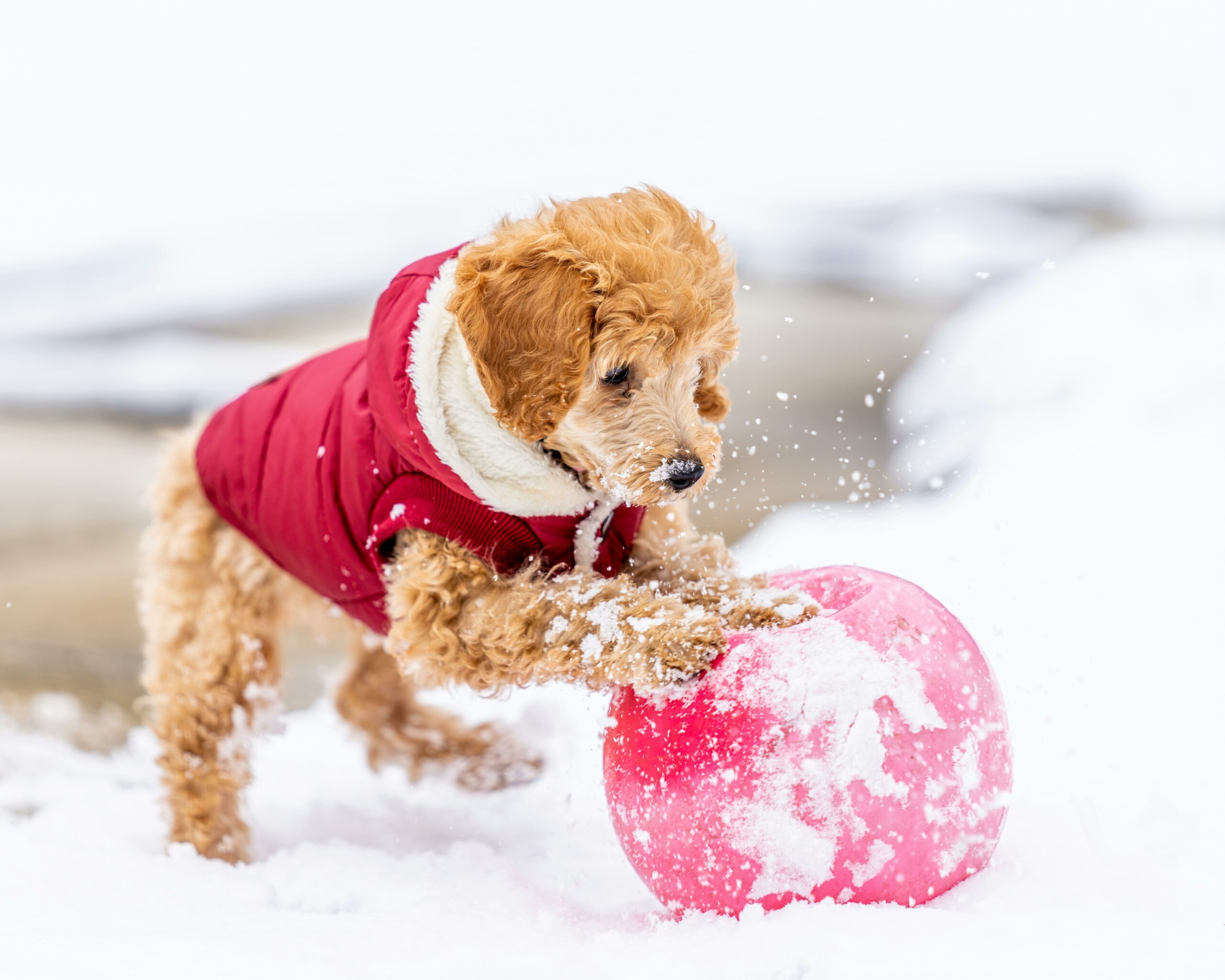
Teaching your dog to roll over is a fun and impressive trick that can be a great way to bond with your pet. Start by getting your dog to lie down, then use a treat to guide them into a roll. Repeat this process until they can perform the trick on command. Remember to reward them with praise and treats each time they successfully roll over.
Fetch
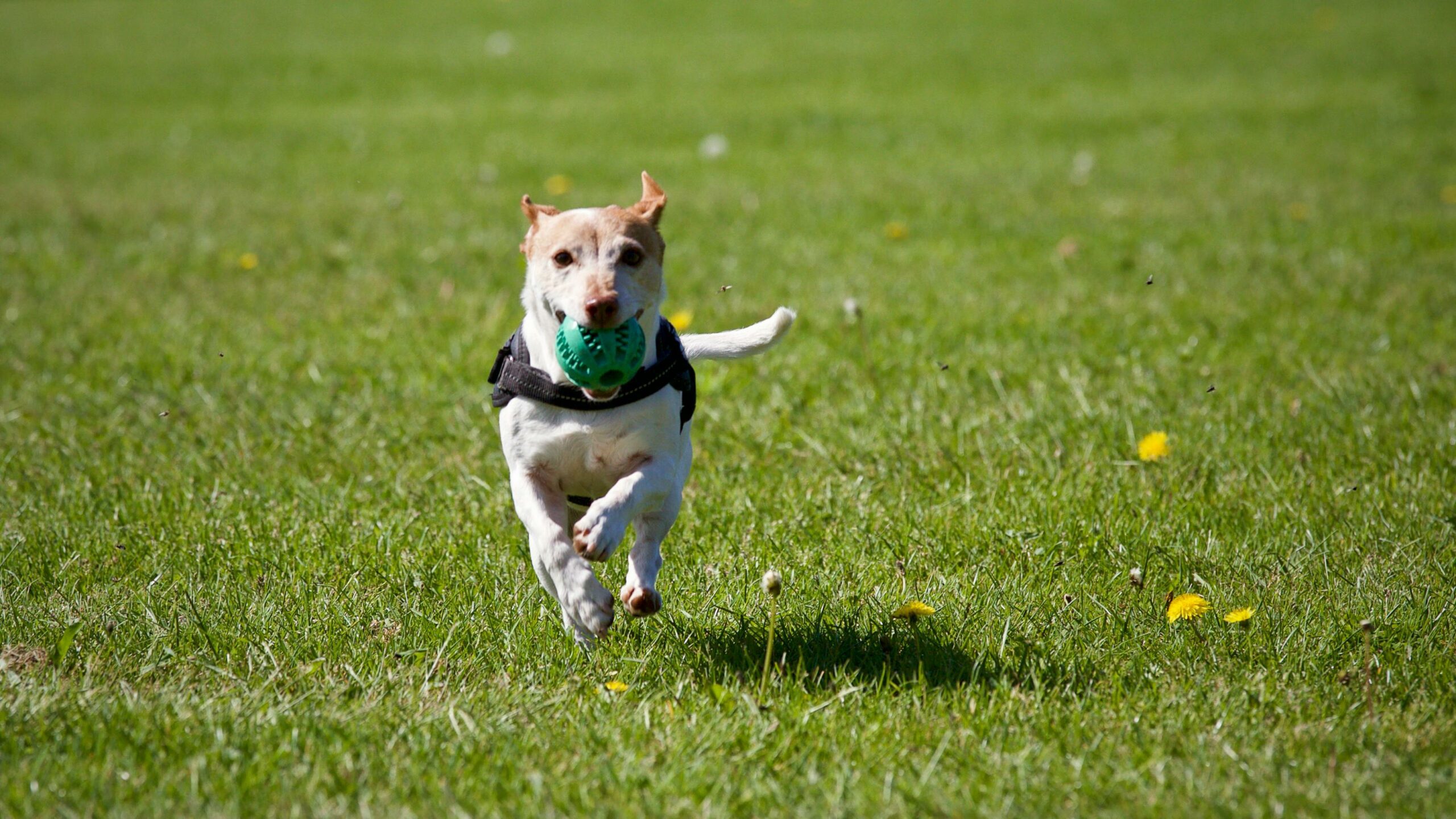
Fetch is a classic game that can also be a useful skill for your dog. Start by teaching them to hold and release a toy or ball on command. Once they have mastered this, you can work on throwing the object and having your dog retrieve it. Fetch can provide both mental and physical exercise, making it a great advanced training option.
Play Dead
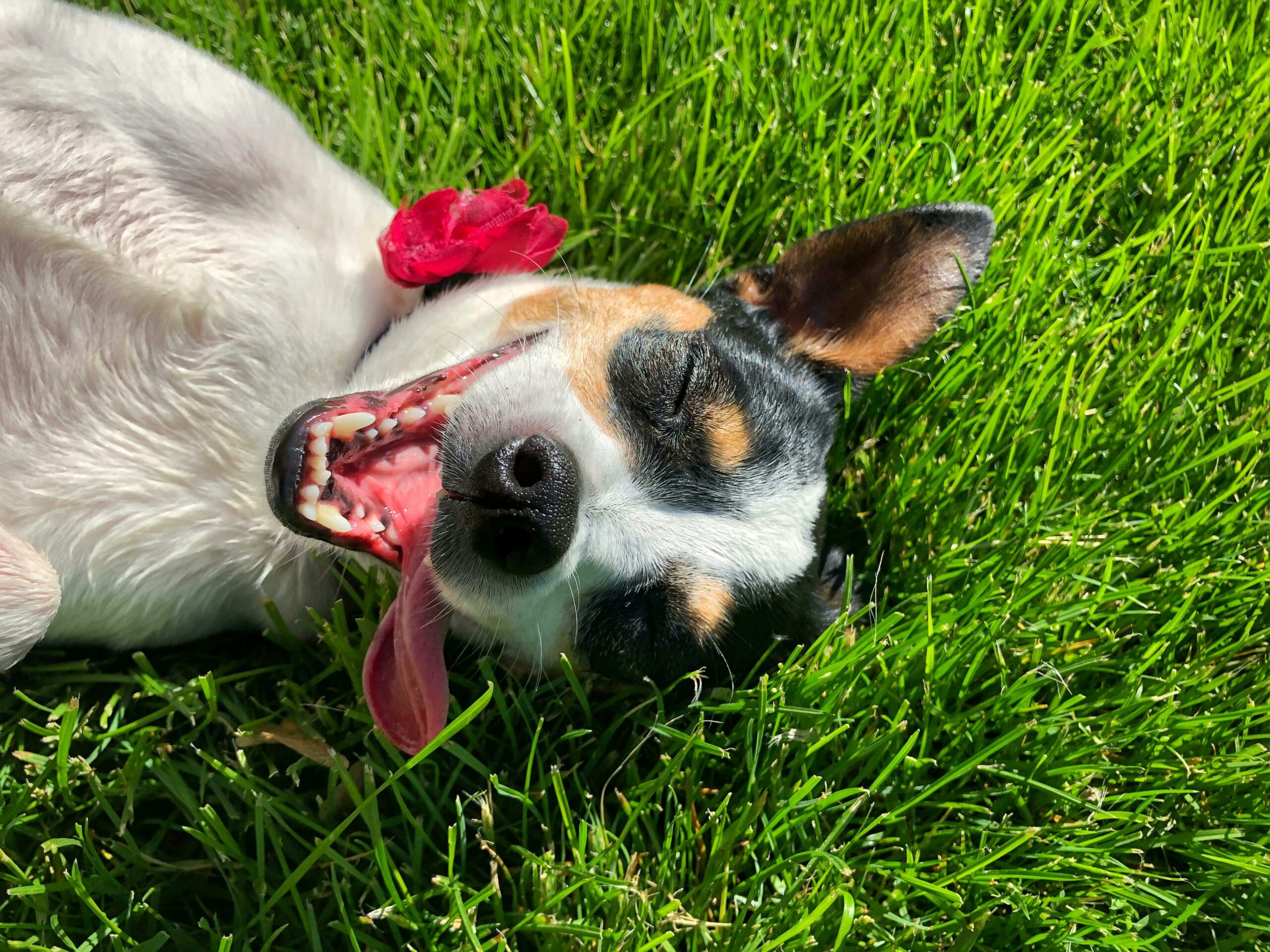
Teaching your dog to play dead is a fun and impressive trick that can entertain friends and family. Start by getting your dog to lie down, then gently guide them onto their side while saying the command “play dead.” With patience and consistency, your dog can learn to perform this trick on cue, delighting everyone with their acting skills.
Tools And Equipment
When it comes to obedience training for dogs, having the right tools and equipment is essential. Proper gear can make the training process more effective and efficient. Here are some key tools and equipment that can aid in dog obedience training:
Leashes And Collars
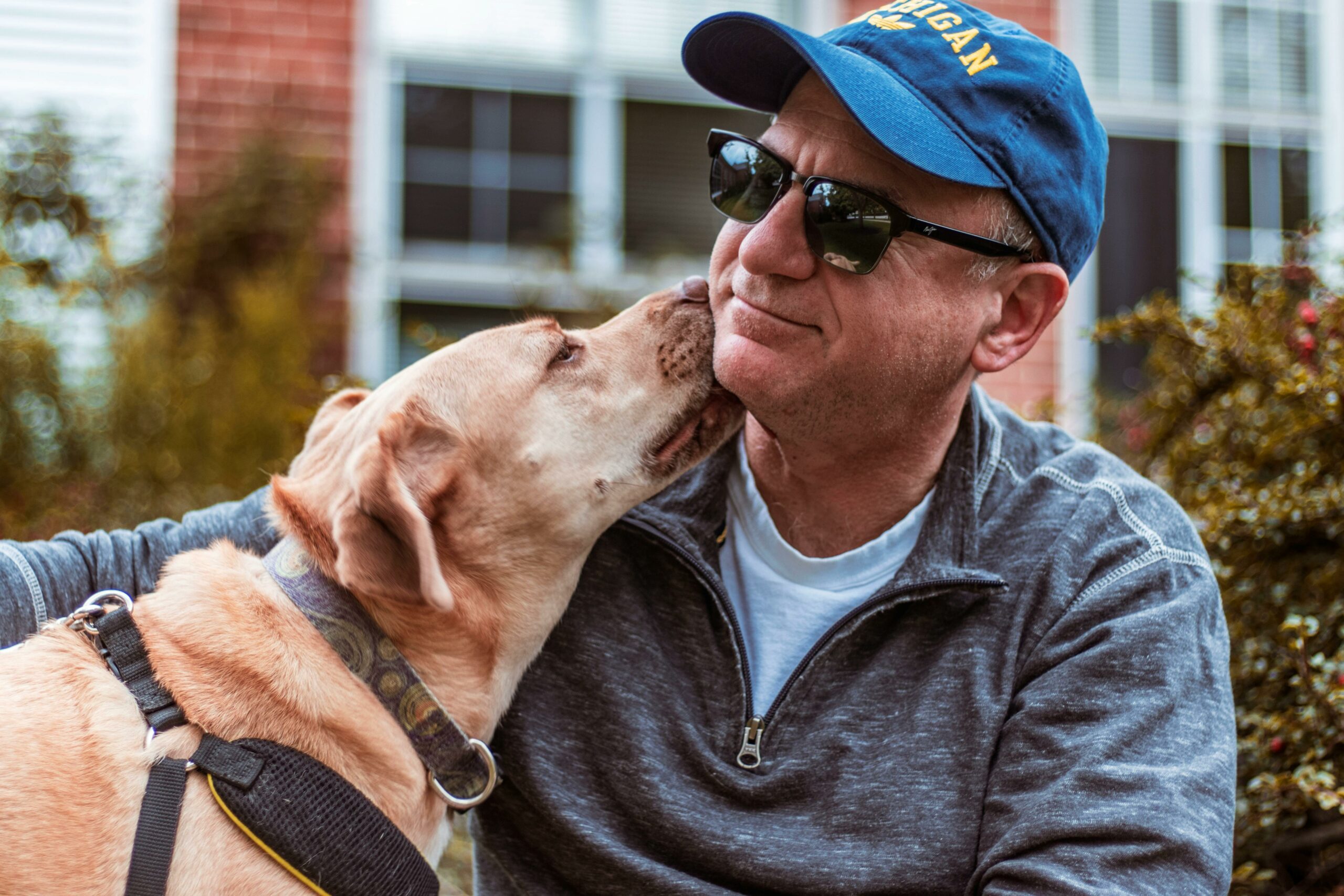
- Leashes are essential for controlling your dog during training sessions and daily walks.
- Collars help in providing guidance and correction when needed, ensuring the safety of the dog.
Training Clickers
- Training clickers are used to create a clear and consistent signal to mark desired behaviours in dogs.
- Clicker training can be a powerful tool in reinforcing positive behaviours and strengthening the bond between the dog and the owner.
Obstacle Courses
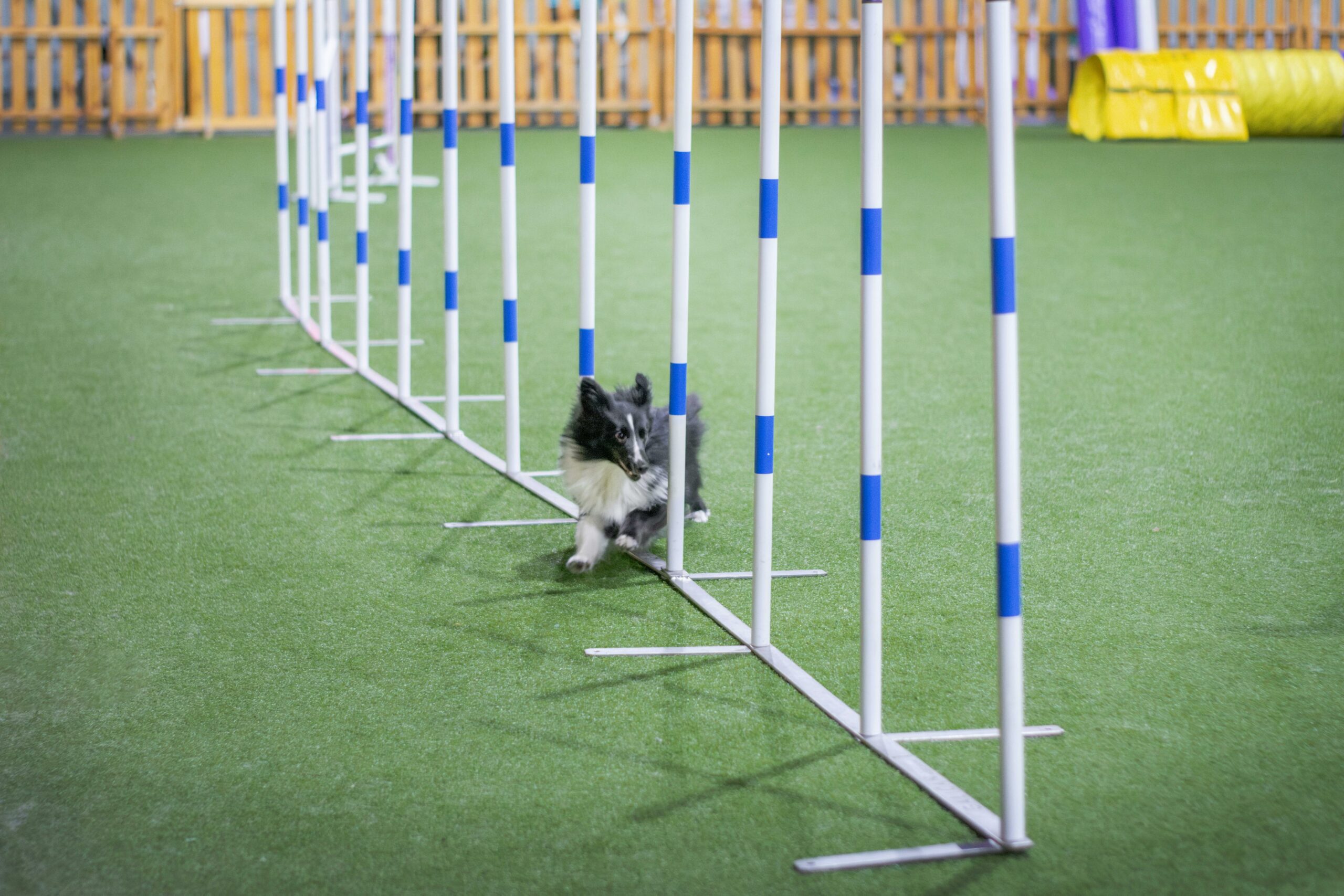
- Obstacle courses are a fun and engaging way to challenge your dog’s physical and mental abilities.
- They help in improving agility, coordination, and obedience skills in dogs.
Choosing A Training Program
Find the essence of obedience training for dogs, a crucial foundation for building a strong bond with your furry companion. Selecting the right training program is key to instilling good behaviour and fostering a harmonious relationship based on trust and understanding.
Professional Trainers

Hiring a professional dog trainer is a great option for those who want to ensure their dog receives the best training possible. Professional trainers have expertise in dog behaviour and training techniques, which can be invaluable in providing effective obedience training. They can also tailor the training program to the specific needs of the dog and the owner.
When choosing a professional trainer, it is important to do research and read reviews from previous clients. Look for a trainer who uses positive reinforcement techniques, as these have been proven to be the most effective and humane way to train dogs.
Group Classes Vs Private Sessions

Group classes and private sessions are both options for obedience training. Group classes provide socialization opportunities for dogs and owners, as well as a chance to learn from other owners’ experiences. Private sessions, on the other hand, allow for more personalized attention and can be tailored to the specific needs of the dog and owner.
When deciding between group classes and private sessions, consider the personality and behaviour of the dog. If the dog is shy or easily distracted, private sessions may be the better option. However, if the dog enjoys socializing with other dogs and is not easily distracted, group classes may be a good choice.
Online Resources

There are many online resources available for obedience training, including videos, articles, and even online courses. These resources can be a great option for those who cannot afford professional training or who prefer to train their dog on their own.
When using online resources for training, it is important to ensure that the information is from a reputable source. Look for trainers who use positive reinforcement techniques and have experience in dog training. It is also important to remember that online resources should not replace hands-on training and socialization opportunities for the dog.
Choosing a training program for your dog can be a difficult decision. Consider the personality and behaviour of the dog, as well as the owner’s preferences and budget, when deciding between professional trainers, group classes, private sessions, and online resources. Regardless of the chosen method, consistent and positive reinforcement is key to successful obedience training.
Maintaining Training Long-term
Obedience training for dogs is not a one-time effort; it requires consistent, long-term maintenance to ensure that the training sticks. To achieve this, pet owners need to employ various strategies to reinforce the learned behaviours and prevent regression. Here are some key principles to consider when maintaining obedience training long-term:
Consistency Is Key
Consistency in training methods, commands, and rewards is crucial for long-term success. Dogs thrive on routine and structure, so maintaining a consistent approach to training will help reinforce the desired behaviours. Avoiding mixed signals and staying true to the established training methods will prevent confusion and ensure that the dog continues to respond as expected.
Regular Practice
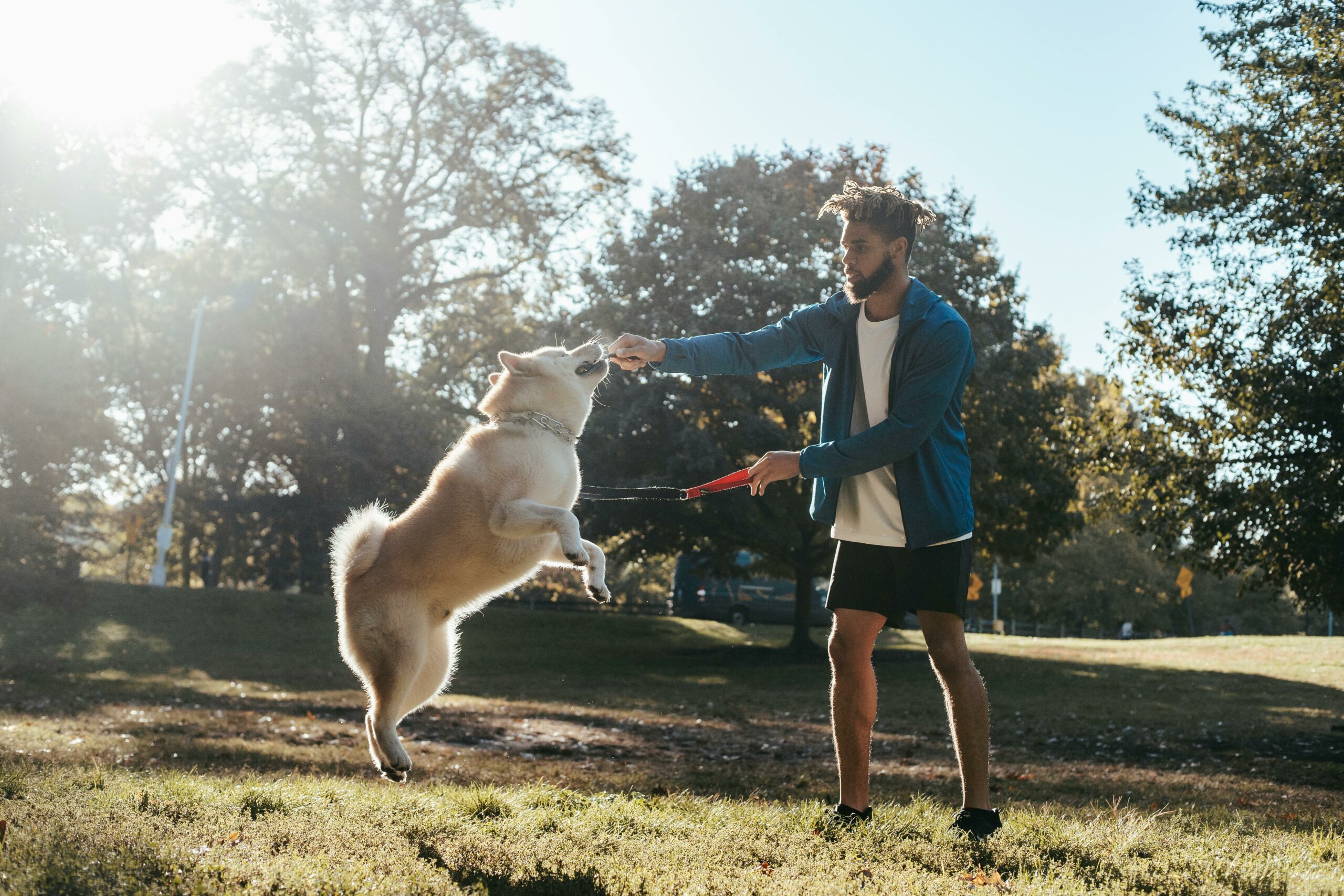
Regular practice is essential for maintaining obedience training. Repetition helps solidify the learned behaviours, so incorporating training sessions into daily routines is crucial. Even after initial training, ongoing practice sessions will help reinforce the commands and prevent the dog from forgetting or becoming complacent with the training.
Adapting To Changes

As dogs encounter new environments, people, and experiences, it’s essential to adapt the training to these changes. Consistently exposing the dog to different situations and reinforcing the training in varied settings will help ensure that the obedience training remains effective in all circumstances. Additionally, adapting the training to the dog’s age and developmental stages will help maintain long-term success.

Frequently Asked Questions
What Do Dogs Learn In Obedience Training?
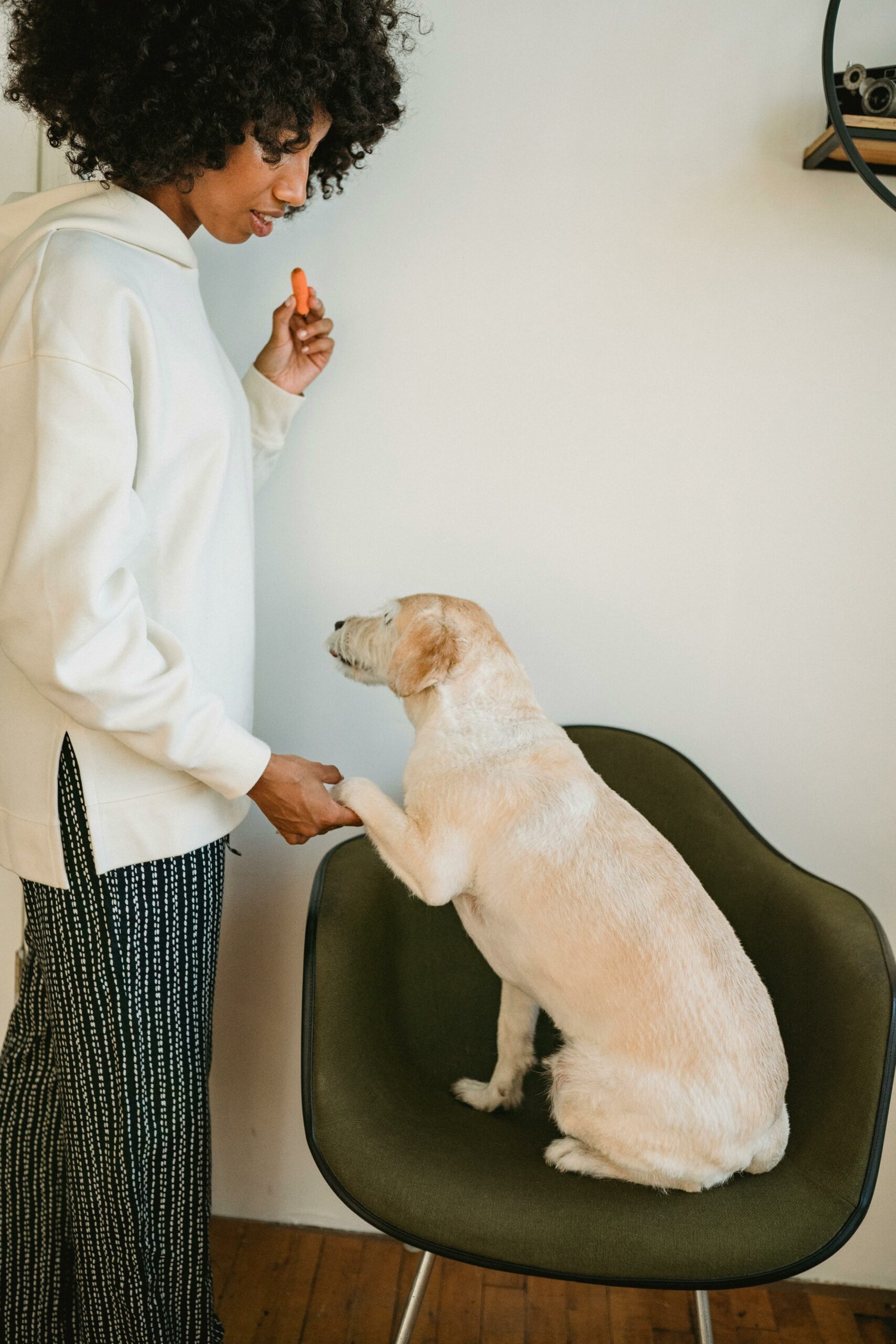
In obedience training, dogs learn commands, leash manners, socialization, and good behaviour cues. They also develop better communication with their owners.
What Are The Basic Obedience Of Dogs?
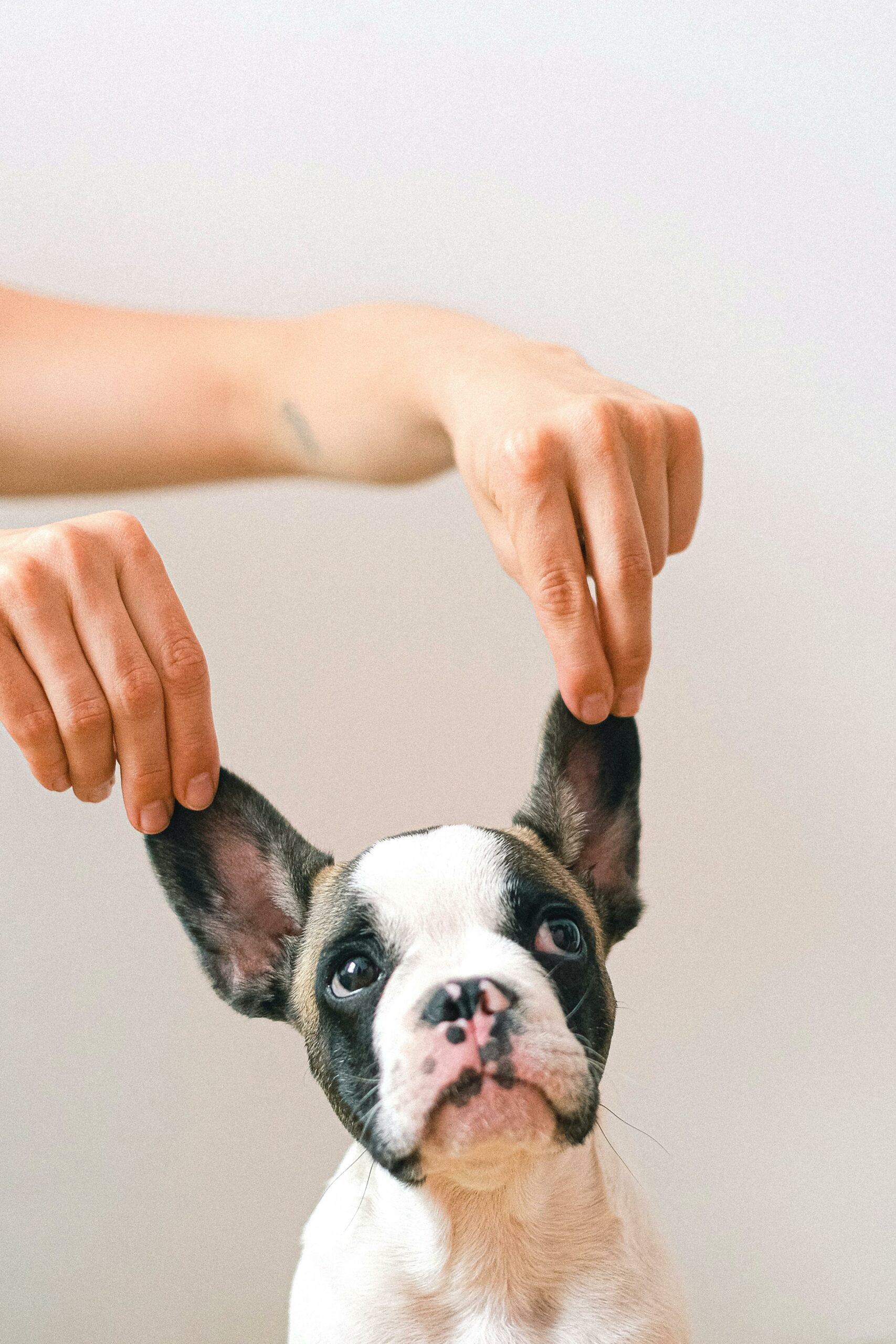
Basic obedience for dogs includes commands like sit, stay, come, and heel. Consistent training and positive reinforcement are key.
How Do I Teach My Dog Obedience?
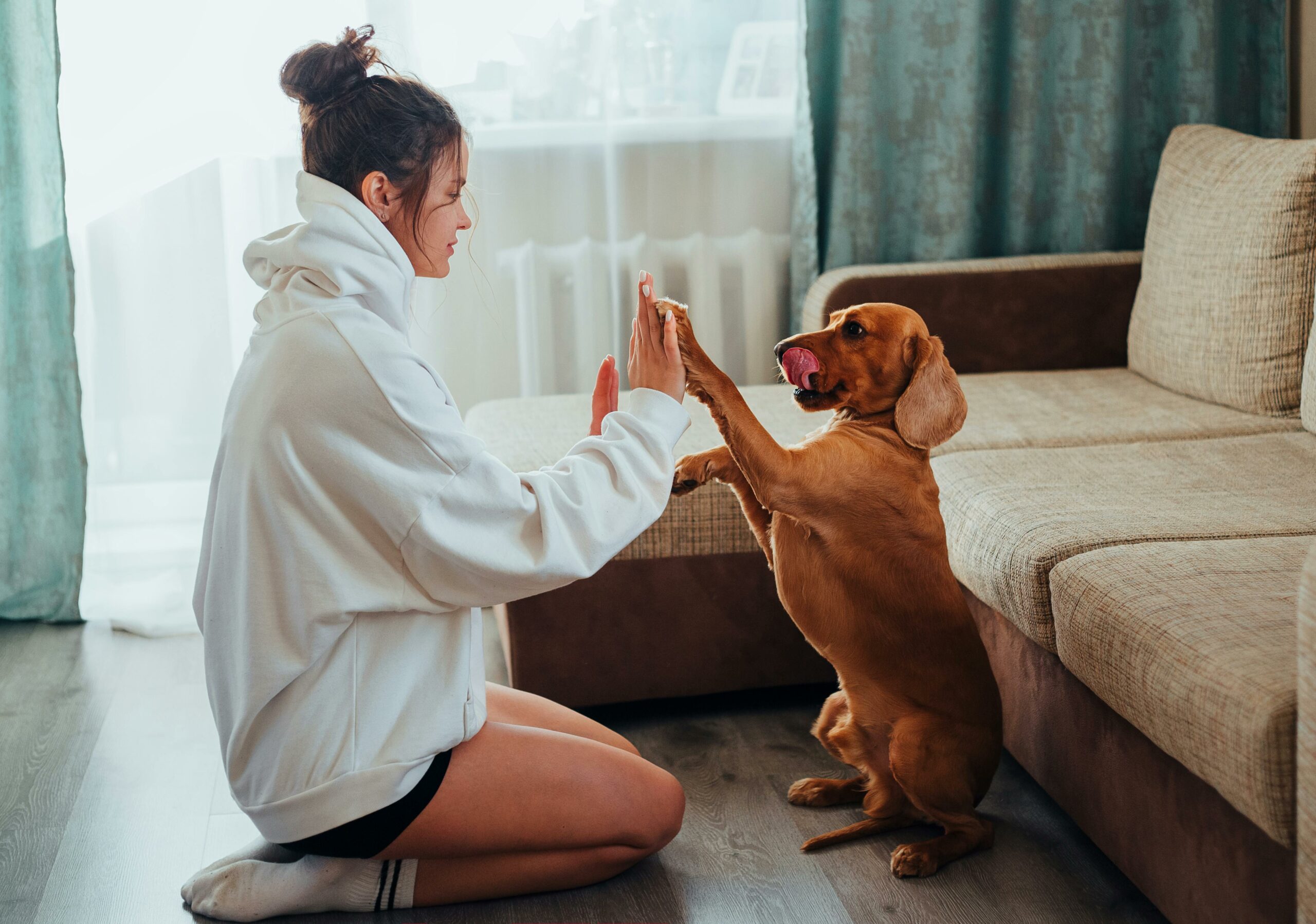
To teach your dog obedience, you need to establish clear rules and boundaries, use positive reinforcement techniques, and be consistent in your training. Start with basic commands like sit, stay, and come, and gradually increase the difficulty level. Reward your dog with treats, praise, and affection when they obey, and never use physical punishment or negative reinforcement.
Practice regularly and be patient — it takes time and effort to train a well-behaved dog.
What Does Obedience Mean In Dogs?
Obedience in dogs means following commands and cues from their owner or trainer. It involves listening, responding, and behaving appropriately.
Obedience training for dogs is crucial for their well-being and your peace of mind. Consistent training builds a strong bond between you and your furry friend. With patience and positive reinforcement, you can shape your dog’s behaviour for a lifetime of happiness together.
